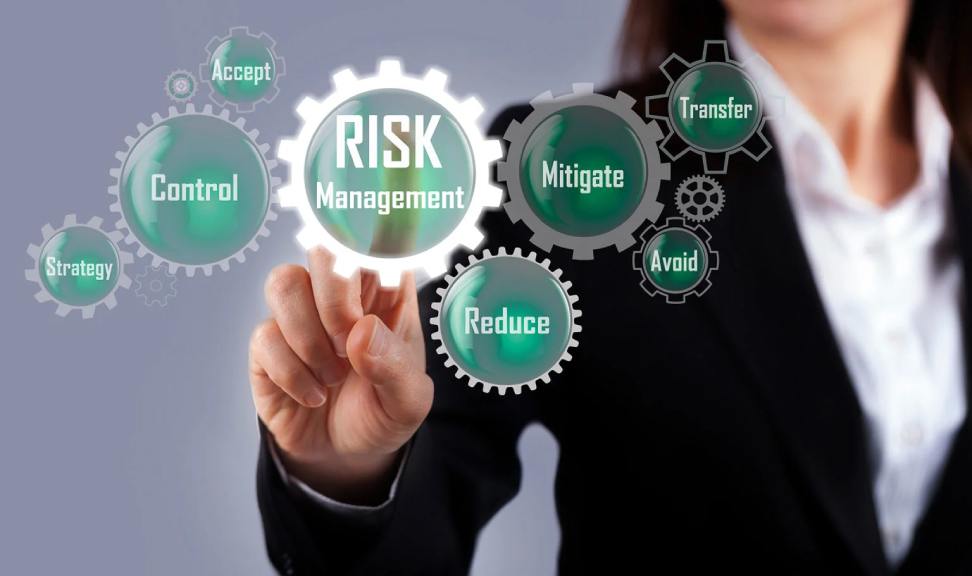Saffronexch, Taj777 ID, Saffron247: Risk management is an essential aspect of decision-making across various industries. By identifying potential risks, organizations can proactively address challenges before they escalate. Through a systematic approach to risk assessment, companies can better understand the impact of various risks on their operations and develop strategies to mitigate them effectively.
Implementing robust risk management principles involves creating a culture of risk awareness and responsibility within an organization. This requires clear communication of risk management policies and procedures, as well as regular training for employees to ensure everyone is equipped to identify and address risks in their respective roles. By fostering a culture that values risk management, businesses can enhance their overall resilience and ability to navigate uncertain and volatile environments.
Identifying Potential Risks
In the initial stages of risk management, the first crucial step is to identify potential risks that could impact the organization. This process involves systematically examining all aspects of the operations, projects, or initiatives to uncover any factors that could pose a threat or create uncertainty. By conducting thorough assessments and scenario analyses, organizations can proactively pinpoint vulnerabilities and weaknesses that may lead to adverse consequences.
One common approach to identifying potential risks is to gather insights and perspectives from various stakeholders within the organization. This collaborative effort allows for a comprehensive evaluation of the internal and external factors that may influence the achievement of objectives and the successful implementation of strategies. Moreover, leveraging techniques such as SWOT analysis, risk brainstorming sessions, and historical data review can enhance the accuracy and effectiveness of the risk identification process.
Assessing the Impact of Risks
Assessing the impact of risks is a crucial step in the risk management process. By evaluating the potential consequences of identified risks, organizations can better prepare themselves to mitigate any negative outcomes. This involves analyzing the severity of the risk, the likelihood of it occurring, and the potential implications on various aspects of the business.
Having a clear understanding of the impact of risks allows businesses to prioritize their risk management strategies effectively. By identifying which risks pose the greatest threat to the organization, resources can be allocated efficiently to address them. Additionally, assessing the impact of risks enables companies to develop contingency plans and risk mitigation measures to minimize the potential damage.
What are the key principles of risk management?
The key principles of risk management include identifying potential risks, assessing the impact of risks, and implementing strategies to mitigate or manage those risks.
How can potential risks be identified?
Potential risks can be identified through various methods such as conducting risk assessments, analyzing historical data, brainstorming with team members, and consulting with industry experts.
Why is assessing the impact of risks important?
D247, Diamondexch999, Abexch365: Assessing the impact of risks is important because it helps organizations understand the potential consequences of a risk event, allowing them to make informed decisions on how to effectively respond and minimize the impact on their operations.
What are some common methods used to assess the impact of risks?
Common methods used to assess the impact of risks include conducting risk assessments, using risk matrices, performing scenario analysis, and utilizing quantitative risk analysis techniques.
How can organizations effectively manage risks?
Organizations can effectively manage risks by implementing risk mitigation strategies, developing contingency plans, monitoring risk indicators, and regularly reviewing and updating their risk management processes.
Additional:
- How Many Jobs Are Available In Electric Utilities Central?
- How Many Jobs Are Available In Consumer Non-Durables
- How Many Jobs Are Available In Real Estate Investment Trusts?

